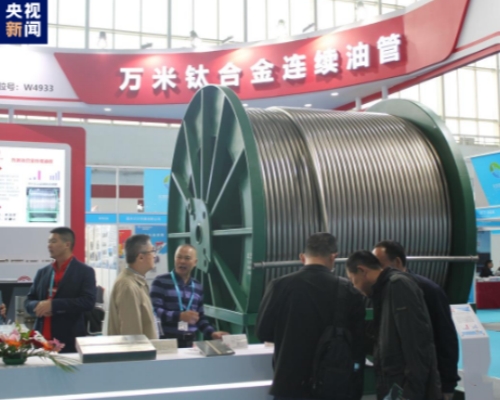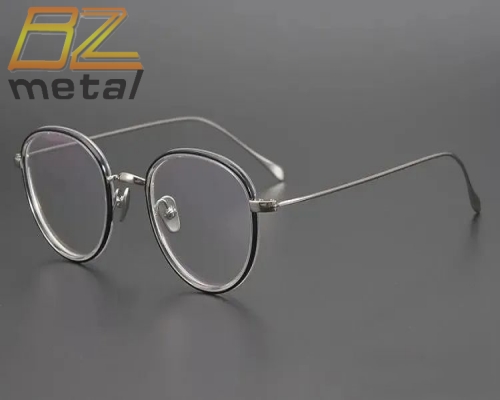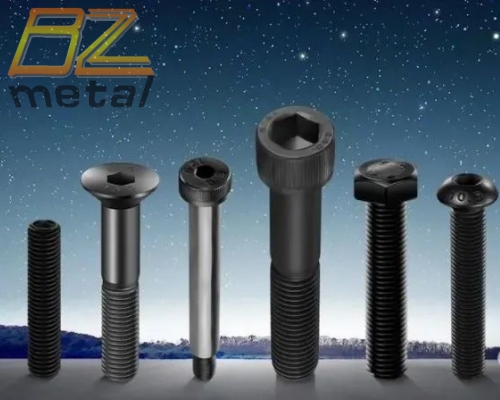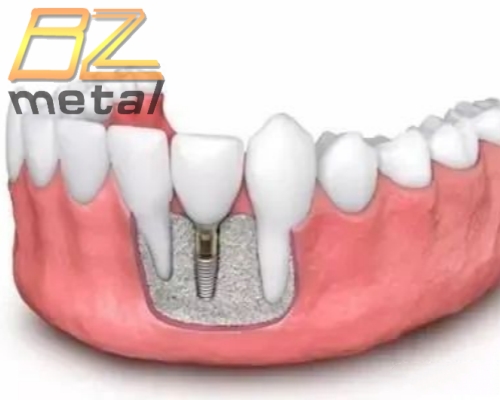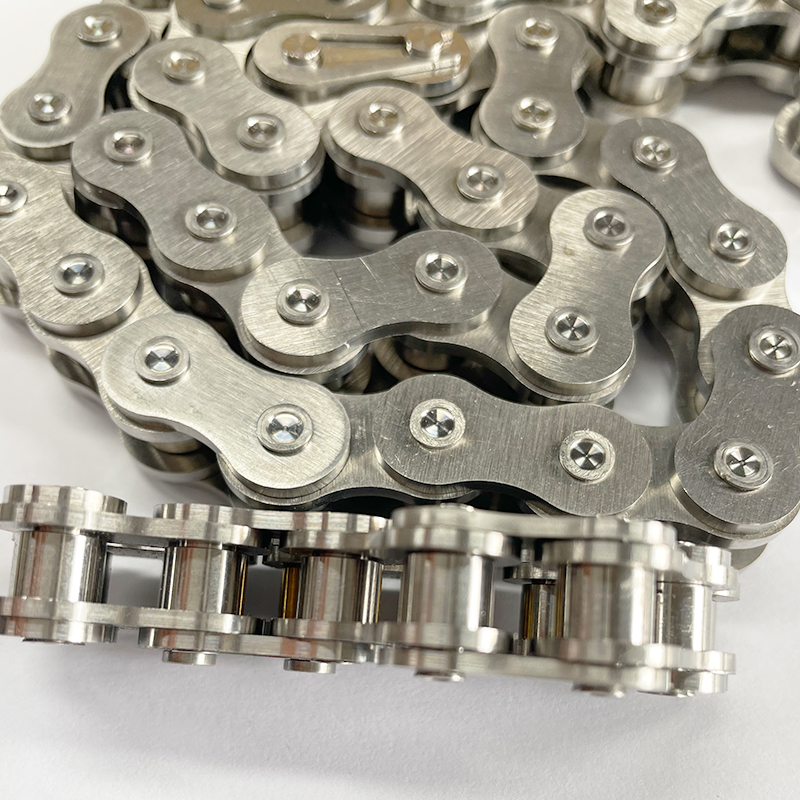CR929 Will Be Made Of 15% Titanium and Will Not Depend On The Western In The Future
CR929 Will Be Made Of 15% Titanium and Will Not Depend On The West In The Future
The CR929 wide-body passenger plane, which was jointly developed by Russia and China in 2014, which is still under development, but is being redesigned so as not to rely on western components, Said Denis Manturov, Russia's trade and industry minister.
"CR929 is under development," Denis Manturov said on June 17. But we have to take into account the new changes, which were done with Chinese and Western manufacturers, and now we have to take the time to redesign it so that it only uses components from Russian and Chinese manufacturers."
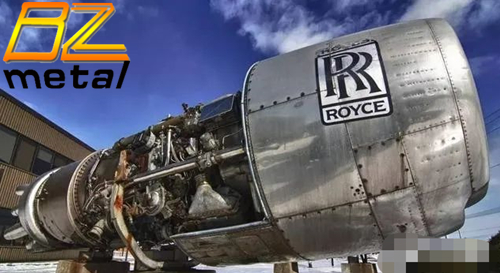
Production of the CR929's fuselage will reportedly begin in September, while parts of its wings will begin in November. Russia also completed its largest-ever test of a PD-35 turbofan last October.
Previously, GE and Rolls-Royce would have competed to supply the CR929 engine, but now the job will fall to Russian engine maker UEC-Aviadvigatel. Honeywell, which provides avionics, and Liebherr, which is responsible for landing gear, will be replaced by manufacturers such as Hydromash (Russian aerospace landing gear and hydraulic systems) and KRET (Russian radio equipment).
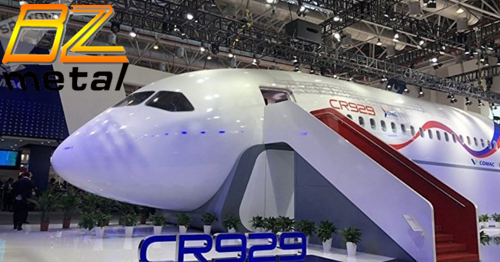
The CR929 is a long-range wide-body twin-engine passenger jet with 250 to 320 seats planned by ComAC of China and Russia to challenge the wide-body market dominated by Airbus and Boeing. Its main benchmarking aircraft are the Boeing 787 and Airbus A330neo.
Russia's United Aircraft Corporation (UAC), a joint venture between ComAC and Russia, had predicted that by 2033 there would be a global demand for 8,000 wide-body aircraft, of which China would need 1,000.
The CR929 uses 50 percent composite materials and 15 % titanium in the fuselage in order to operate economically. The CR929 hopes to take 10% of the wide-body market and reduce operating costs by 10% to 15%. The headquarters and assembly plant are in Shanghai, while the joint engineering centre is in Moscow.
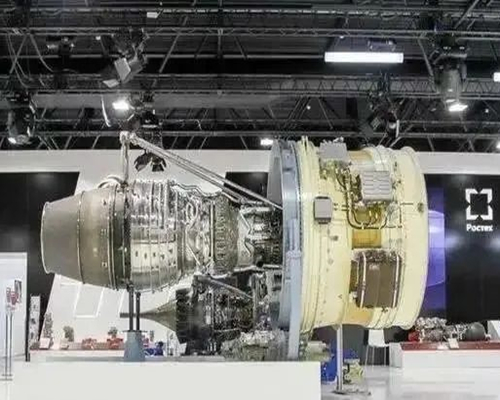
Comac is responsible for the fuselage, horizontal and vertical tail fins, wing fairings, nose cones and landing gear, while the main design centre is in Moscow and a design office is also set up in Shanghai, with both sides doing half the work.
In terms of power, western products were used in the early stage, and then Russian or domestic alternatives were selected. At an engine conference in Shanghai in 2018, the CR929's fuselage was set at 63.25m, just 0.45m shorter than the A330-900, requiring 78,000 lb (35 tonne) thrust engines, The ge GenX-1B76 (76,100 pounds) and Rolls-Royce Trent 1000 (78,129 pounds) were among the engines that met the criteria. Engine replacement now seems to be on the top of the agenda.
The PD-35 engine is based on the PD-14 turbofan, which is also the high-bypass turbofan developed for the Irkut Mc-21-300 Russian single-aisle narrow-body aircraft engine. The TEST bench of UEC-Aviadvigatel is designed to evaluate the function of the hot end of the engine, including the high-pressure compressor, combustion chamber and high-pressure turbine.

